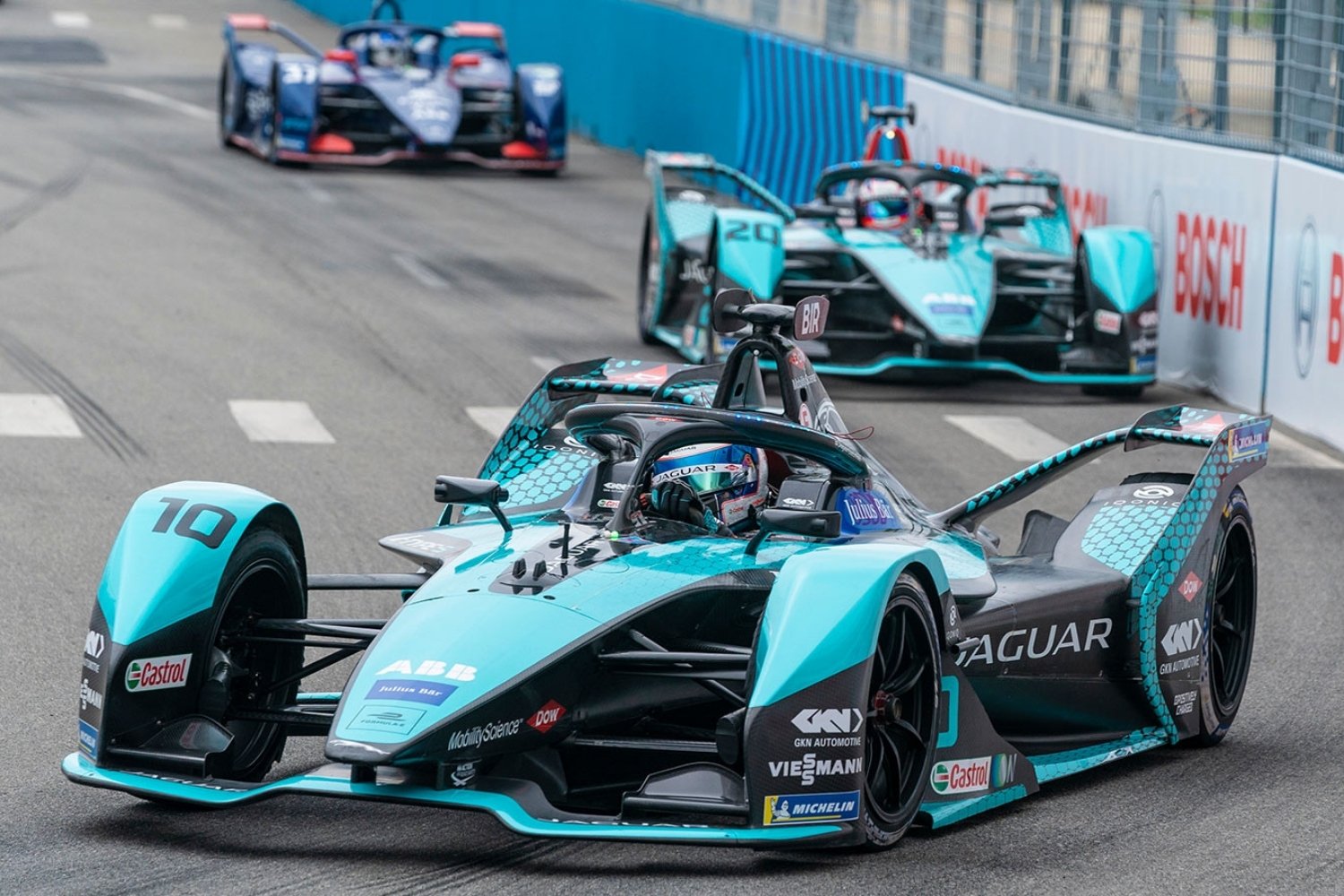
Formula 2 (F2) is the stepping stone for drivers aiming to reach the pinnacle of motorsport, Formula 1 (F1). But what makes F2 so special? F2 is a single-make championship, meaning all drivers compete in identical cars, which puts the spotlight on driver skill rather than team resources. The series has a rich history, dating back to 1948, and has evolved significantly over the decades. Many current F1 stars, like Charles Leclerc and George Russell, honed their skills in F2. The races are intense, featuring reverse grids and mandatory pit stops, adding layers of strategy. F2 also serves as a testing ground for new technologies and race formats, making it a crucial part of the motorsport ecosystem. Curious to know more? Let's dive into 20 fascinating facts about Formula 2!
What is Formula 2?
Formula 2 (F2) is a single-seater motorsport championship that serves as a stepping stone to Formula 1. It offers young drivers a platform to showcase their talent and gain experience. Here are some fascinating facts about F2.
-
F2 is a Feeder Series: F2 acts as a feeder series to Formula 1, helping drivers transition to the highest level of motorsport.
-
Standardized Cars: All teams use the same chassis, engine, and tires, ensuring that driver skill is the primary differentiator.
-
Dallara Chassis: The chassis used in F2 is manufactured by Dallara, an Italian company known for producing high-performance racing cars.
The History of Formula 2
F2 has a rich history that dates back several decades. It has evolved over time, adapting to changes in technology and racing regulations.
-
Inception in 1948: The original Formula 2 series began in 1948, providing a platform for drivers to compete in less powerful cars than those in Formula 1.
-
Rebranded in 2017: The current F2 series was rebranded from the GP2 Series in 2017 to align more closely with Formula 1.
-
Notable Alumni: Many F1 champions, including Lewis Hamilton and Nico Rosberg, have graduated from F2.
The Technical Side of F2
The technical aspects of F2 are designed to challenge drivers and prepare them for the complexities of Formula 1.
-
V6 Turbo Engines: F2 cars are powered by 3.4-liter V6 turbocharged engines, producing around 620 horsepower.
-
Pirelli Tires: Pirelli supplies the tires for F2, similar to their role in Formula 1, helping drivers adapt to tire management strategies.
-
Advanced Electronics: F2 cars are equipped with advanced electronic systems, including data logging and telemetry, to monitor performance.
The Race Format
The race format in F2 is designed to test drivers' skills in various conditions and scenarios.
-
Two Races per Weekend: Each race weekend features a Feature Race and a Sprint Race, offering multiple opportunities for drivers to score points.
-
Reverse Grid: The starting grid for the Sprint Race is determined by reversing the top eight finishers from the Feature Race, adding an extra layer of strategy.
-
Mandatory Pit Stops: In the Feature Race, drivers must make at least one pit stop to change tires, testing their team's efficiency and strategy.
The Drivers and Teams
F2 attracts some of the most promising young drivers and competitive teams in motorsport.
-
International Talent: Drivers from all over the world compete in F2, making it a truly international series.
-
Junior Teams: Many F1 teams have junior teams in F2, such as the Ferrari Driver Academy and the Red Bull Junior Team.
-
Diverse Backgrounds: Drivers come from various racing backgrounds, including karting, Formula 3, and other junior categories.
The Challenges of F2
Competing in F2 is no easy feat. Drivers face numerous challenges that test their skills and determination.
-
Physical Demands: The physical demands of driving an F2 car are immense, requiring drivers to maintain peak fitness levels.
-
Mental Toughness: The mental toughness required to handle the pressure of competing at a high level is crucial for success in F2.
-
Financial Strain: Competing in F2 can be financially draining, with teams and drivers often relying on sponsorships and backing from F1 teams.
The Future of F2
The future of F2 looks promising, with ongoing developments aimed at improving the series and preparing drivers for Formula 1.
-
Sustainability Initiatives: F2 is exploring sustainable technologies, including hybrid engines and biofuels, to reduce its environmental impact.
-
Increased Exposure: With growing media coverage and live broadcasts, F2 is gaining more exposure, attracting new fans and sponsors.
The Final Lap
Formula 2 is more than just a stepping stone to Formula 1. It's a thrilling championship with its own unique charm and challenges. From the standardized cars that level the playing field to the intense competition among rising stars, F2 offers fans a glimpse of future F1 talent. The series has a rich history of producing top-tier drivers who go on to achieve greatness in motorsport. With its mix of speed, strategy, and skill, F2 continues to captivate racing enthusiasts around the world. Whether you're a die-hard fan or new to the sport, there's always something exciting happening on the F2 circuit. So, next time you watch a race, remember these facts and appreciate the incredible talent and hard work that goes into every lap. Keep an eye on these drivers; they might just be the next big names in Formula 1.
Was this page helpful?
Our commitment to delivering trustworthy and engaging content is at the heart of what we do. Each fact on our site is contributed by real users like you, bringing a wealth of diverse insights and information. To ensure the highest standards of accuracy and reliability, our dedicated editors meticulously review each submission. This process guarantees that the facts we share are not only fascinating but also credible. Trust in our commitment to quality and authenticity as you explore and learn with us.
